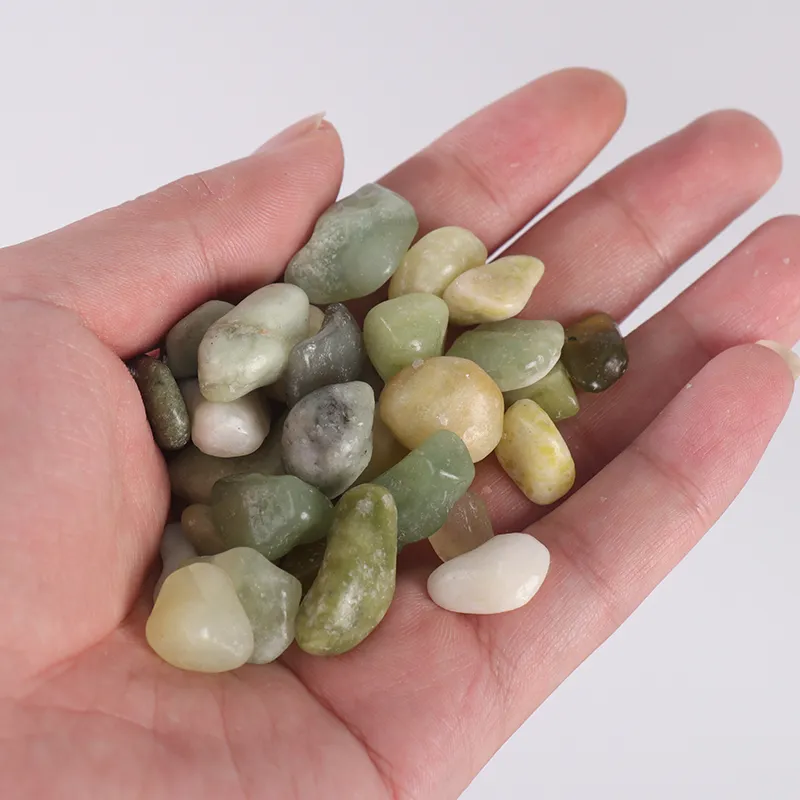Dec . 28, 2024 21:15 Back to list
Exploring Different Varieties of Cobblestones for Pathways and Landscaping
Exploring Cobblestone Types A Journey Through History and Aesthetics
Cobblestones are not merely a means of paving roads; they carry with them a rich history and a unique aesthetic that contributes to the character of towns and cities around the world. The varied types of cobblestones tell a story of tradition, craftsmanship, and the environments in which they were used. Understanding the different types of cobblestones can deepen our appreciation for these charming street materials.
Historically, cobblestones originated from naturally occurring river stones, meticulously collected and shaped for road-making. The earliest cobblestones were often rough and uncut, providing a durable surface that could withstand heavy traffic. However, as the craft of stone cutting evolved, so too did the styles and types of cobblestones used in construction. Today, we can categorize cobblestones into several distinct types based on their origins and characteristics.
One of the most recognizable types of cobblestone is the granite cobblestone. Known for its durability and resistance to weathering, granite was widely used in various historical paving projects. Granite cobblestones can often be found in European cities, where they create charming streets that lend a sense of history and continuity. Notably, the distinctive color variations found in granite—ranging from grey to pink—contribute to the overall aesthetic of the installation.
Another type is basalt cobblestone, which is formed from solidified volcanic lava. This type of stone is significantly harder than granite and provides an equally robust paving option. Basalt cobbles are characterized by their dark color, often giving roads a striking appearance. These cobblestones were commonly used in regions that had access to volcanic materials, making them popular in parts of Europe and Asia.
cobblestone types

Then there is quartzite cobblestone, known for its exceptional hardness and resistance to abrasion. Unlike granite and basalt, quartzite is a metamorphic rock that has been subjected to extreme pressure and heat, resulting in a dense and resilient stone. Its variety of colors can range from white to deep reds and purples, enhancing the visual appeal of the streets where they are used.
Limestone cobblestones offer a softer, more textured alternative. While not as durable as granite or basalt, limestone is prized for its aesthetic versatility. The natural weathering of limestone can create beautifully worn surfaces that enrich the character of urban landscapes. This type of cobblestone is often used in scenic pathways and gardens, where beauty takes precedence over durability.
In contemporary landscapes, reclaimed cobblestones have become increasingly popular. These stones, salvaged from historic streets or buildings, can be repurposed in modern designs, offering a blend of nostalgia and sustainable practices. The use of reclaimed cobblestones contributes to a sense of history and connection with the past, making them a favorite among architects and landscape designers seeking authenticity in their projects.
As cities evolve and modernize, the value of cobblestones remains apparent. They not only serve a functional purpose but also contribute to the historical and cultural narrative of a place. The maintenance of cobblestone streets, though labor-intensive, is often viewed as necessary to preserve this heritage.
In conclusion, cobblestones are more than just a paving stone; they are a representation of craftsmanship and a connection to history. With various types, each offering its unique aesthetic and characteristics, cobblestones continue to charm and inspire us in our urban environments. Whether we’re walking along a cobblestone street in an ancient city or a modern pathway, we're reminded of the beauty and resilience embedded within these seemingly simple stones.
-
Transform Your Outdoor Spaces with Premium Black Rocks for Landscaping
NewsAug.01,2025
-
Exploring the World of Green Jade: Types, Meanings, and Values
NewsAug.01,2025
-
Enhance Your Outdoor Spaces with Premium Black Garden Stones and Pebbles
NewsAug.01,2025
-
Elevate Your Garden Design with Black River Stones and Decorative Landscape Rocks
NewsAug.01,2025
-
Discover the Beauty and Symbolism of Green Jade: From Raw Stones to Luxury Pieces
NewsAug.01,2025
-
Discover the Beauty and Meaning of Green Jade Crystals
NewsAug.01,2025






